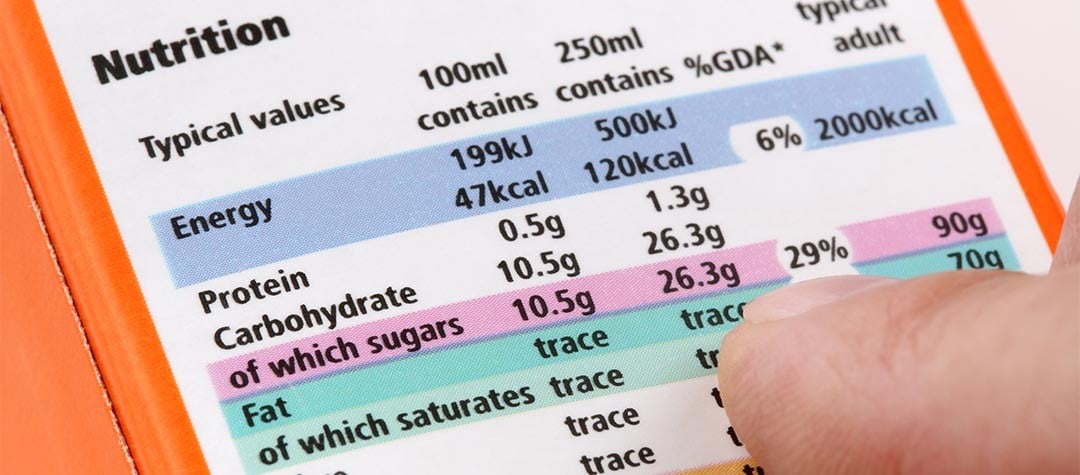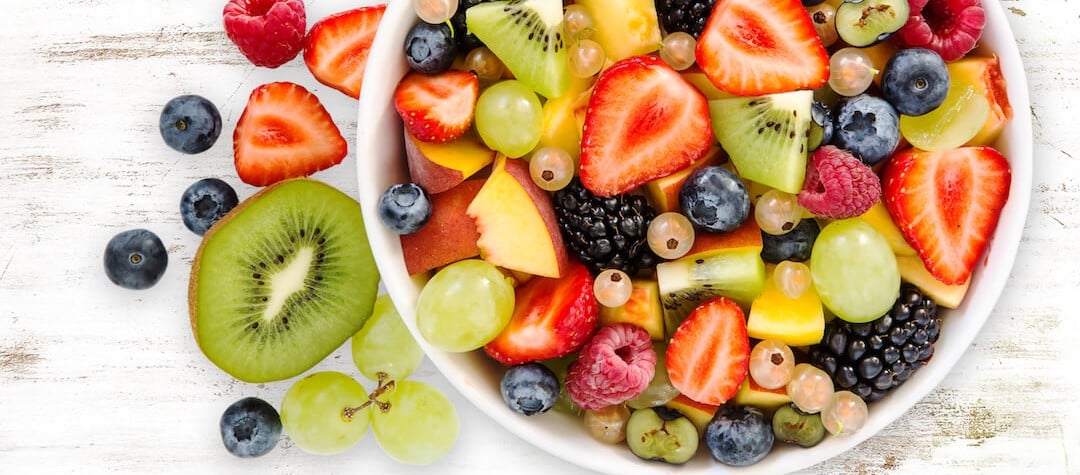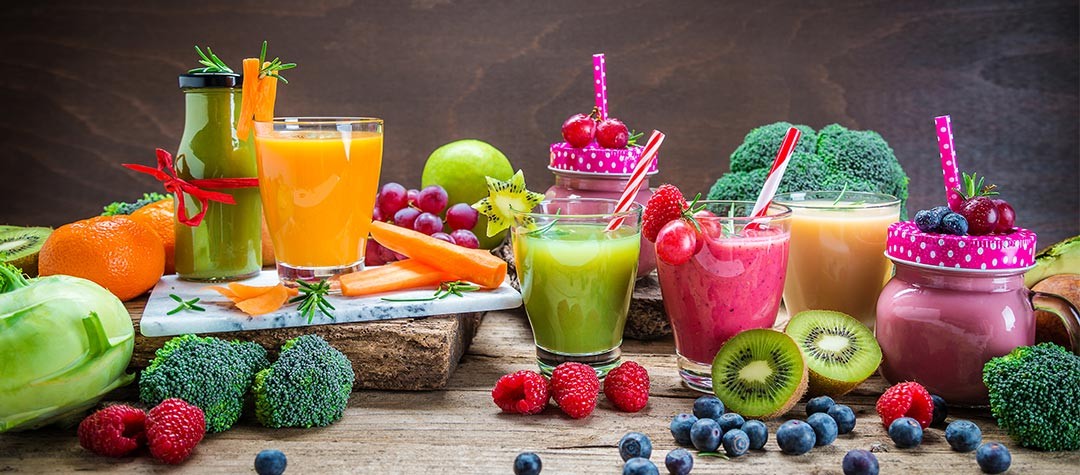Choosing a healthier diet is easy when you know how to read the food labels. Most foods and drinks come with a nutritional panel, detailing the nutritional information for that given product. This nutrition panel can be very useful - but only if you understand what the figures mean.
Most foods provide two panels of information:
- Nutritional information
- Guideline daily amounts
An example of a nutrition information panel from a food label:
| Nutrition information | ||
| Typical values (drained product) | Per ½ can | Per 100g |
| Energy | 604kJ / 143kcal | 503kJ / 119kcal |
| Protein | 8.6g | 7.2g |
| Carbohydrate | 19.3g | 16.1g |
| Of which sugars | 0.5g | 0.4g |
| Of which starch | 18.1g | 15.1g |
| Fat | 3.5g | 2.9g |
| Of which saturates | 0.4g | 0.3g |
| Fibre | 4.9g | 4.1g |
| Salt | 1.3g | 1.0g |
| Of which sodium | 0.5g | 0.4g |
Guideline daily amounts are provided on many food labels (see below for an example). This gives a guide to the number of calories and amount of fat the ‘average’ adult should eat per day. You can then take the information from the nutritional panel and work out how much is in each serving in comparison to the amount recommended in your daily diet.
| Guideline daily amounts for average adults | Women | Men |
| Calories (kcal) | 2000 | 2500 |
| Fat (g) | 70 | 95 |
| Salt (g) | 6 | 6 |
Always use the GDA to guide you to making wise food choices, and as an extra help the information is usually at the bottom of the nutrition information panel on food labels.
So, what does the nutrition information on the label really mean?
Energy levels
Labels will include information on energy in kilojoules (kJ) and kilocalories (kcal), usually referred to as calories.
Fat content
There are three main types of fats; saturates, polyunsaturates and monounsaturates. Often on labels you will only see the total amount of fat and the amount of saturated fat in the product — it is the saturated fat that is the least healthy of the three.
Salt or sodium
On a food label, salt is often called sodium. But don’t be fooled by smaller quantities, 1g of sodium is roughly the same as 2.5g of salt and it is the sodium that causes health problems.
So how much is a lot or a little?
For foods that you eat in large amounts, like ready meals, look at the ‘amount per serving’. For snacks, and other foods you eat in smaller amounts, look at the ‘per 100g’ information.
The table below gives you a rough guide to the quantities; any food that meets or exceeds the amounts in the ‘A lot’ column you should really leave on the shelf.
| A lot | A little |
| 10g sugars | 2g sugar |
| 20g fat | 3g fat |
| 5g saturates | 1g saturates |
| 3g fibre | 0.5g fibre |
| 1.5g salt | 0.3g salt |
| 0.6g sodium | 0.1g sodium |
Health claims
Many foods make claims such as ‘low-fat’, ‘reduced sugar’ or ‘95 per cent fat free’. It can be really hard sometimes working out whether these claims mean the food is ‘healthy’ for us.
To help you get to grips with all the health claim jargon here’s a quick guide:
Low-fat indicates that the food has less than 3g of fat per 100g of the food or product. Some foods that fit this category are yogurts, many fruit and vegetables, bread, rice and pasta. It is always worth looking at the label and checking to see how much sugar is in a food claiming to be low fat. For example, some low-fat yogurts are really high in sugar.
Low sugar indicates that the food has no more than 5g of sugar per 100g or per 100ml of food.
No added sugar means that no additional sugar has been added to the food or drink. That does not mean that the food or drink is not high in natural sugar already for example: pure fruit juice.
Reduced fat means that the product must contain 25 per cent less fat than a similar or the original product. So, importantly it does not mean that the product is ‘low-fat’. Think of margarine, butter or mayonnaise — all the standard versions are very high in fat, even a reduced fat version of these products would still be high in fat.
95 per cent fat free sounds great, but it still means that there is 5 per cent fat! Remember a 100g snack that makes the claim to be 95 per cent fat free will have 5g of fat — well out of the low fat tolerance.
The best advice is to see food labels as they actually are — they may seem confusing at first but they do provide most of the information we need to make better food choices, but ultimately the calories that you get from fat and sugar are the ones to watch.
So, the next time you do your weekly shop don’t be fooled by food claims and always read the label — you will be well on your way to healthier and more nutritious diet.














